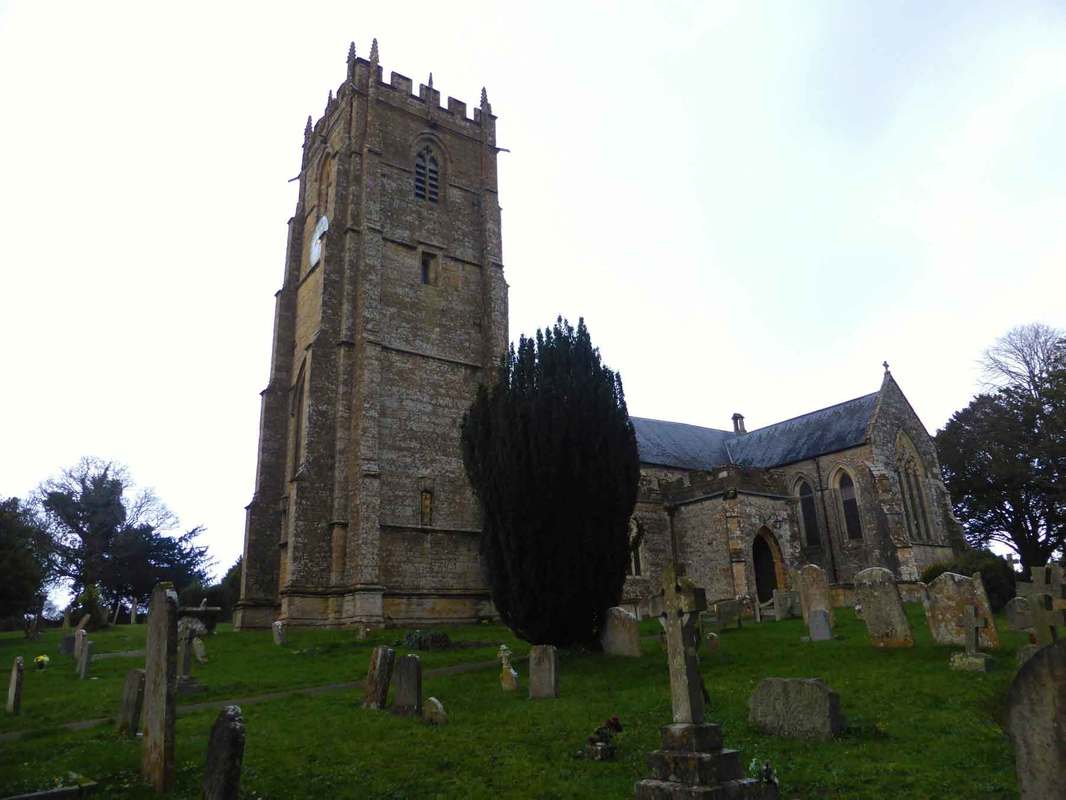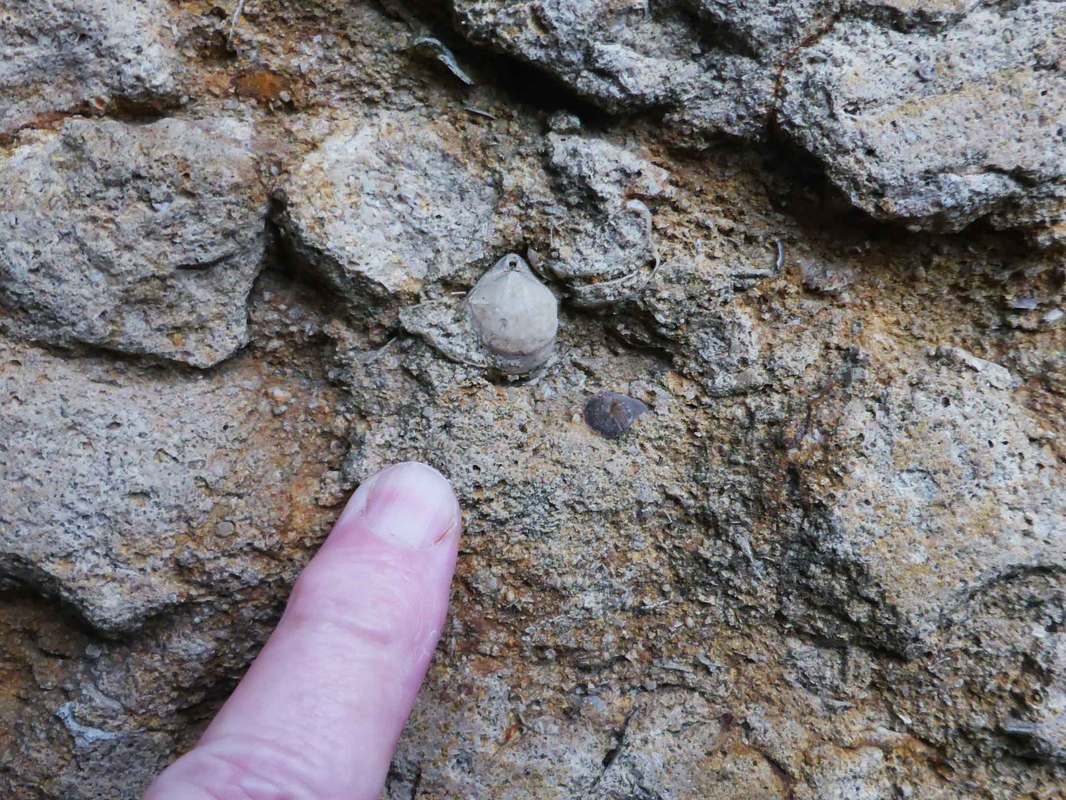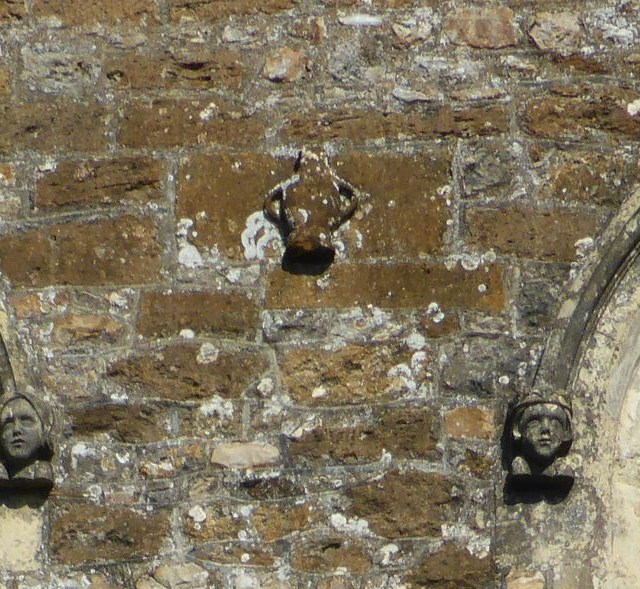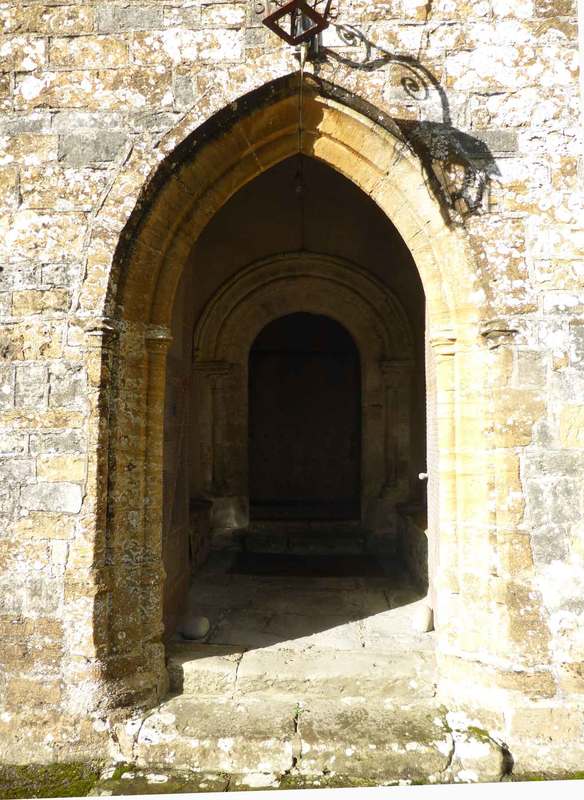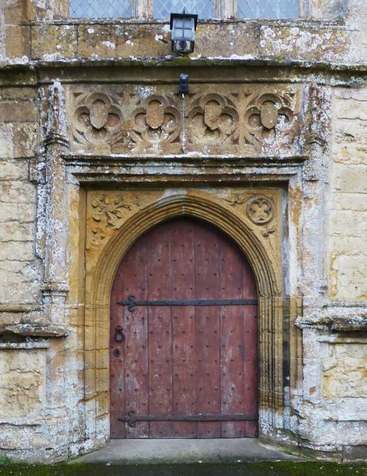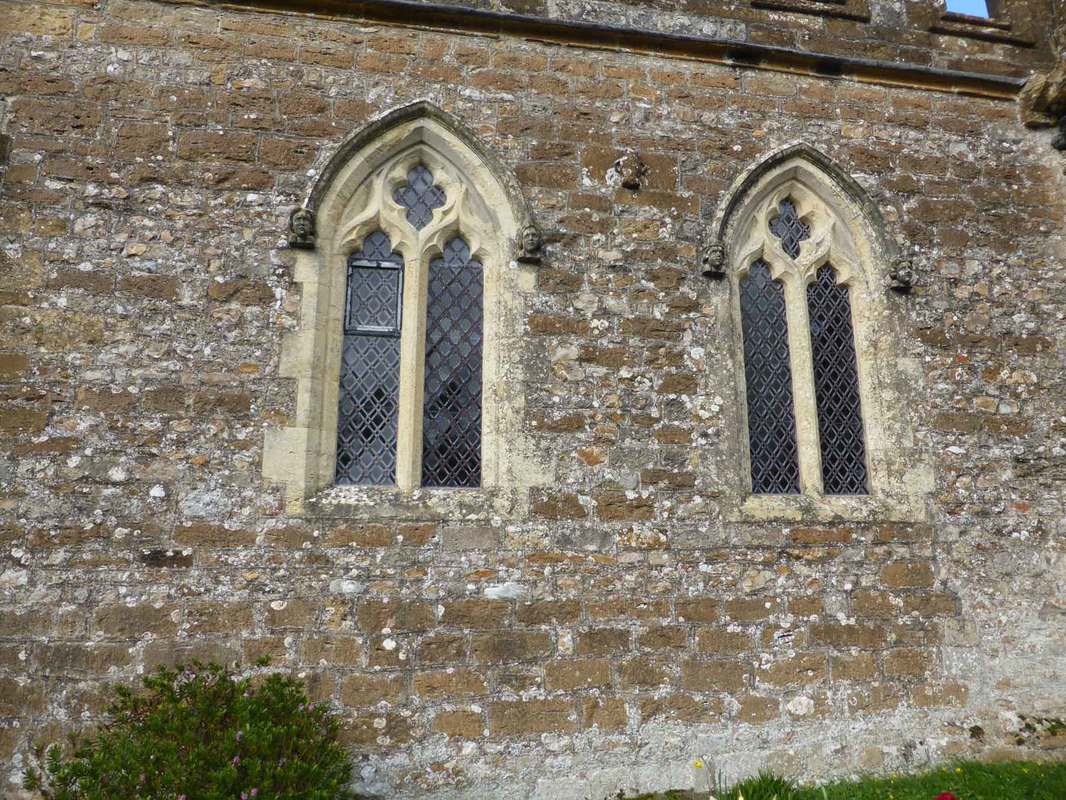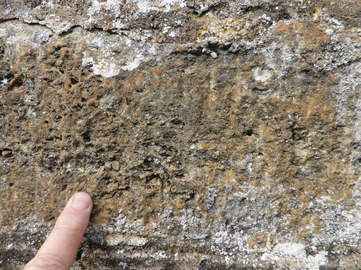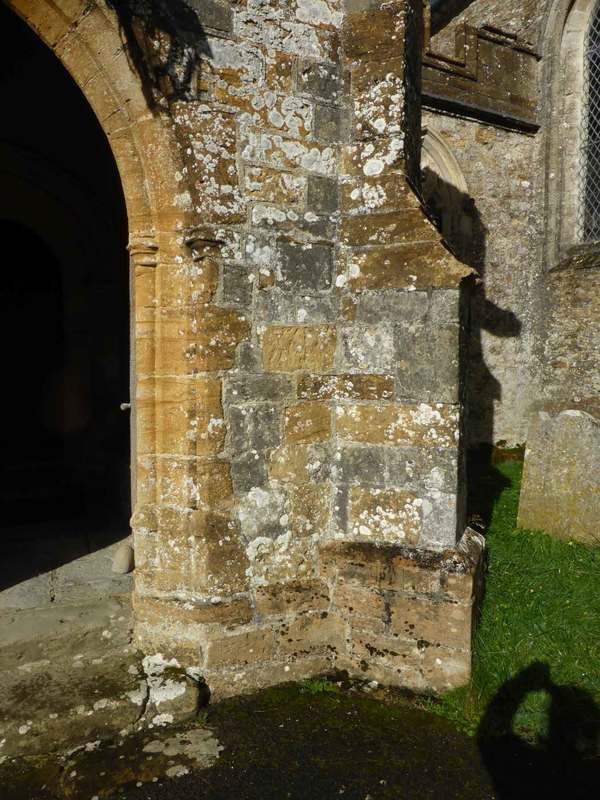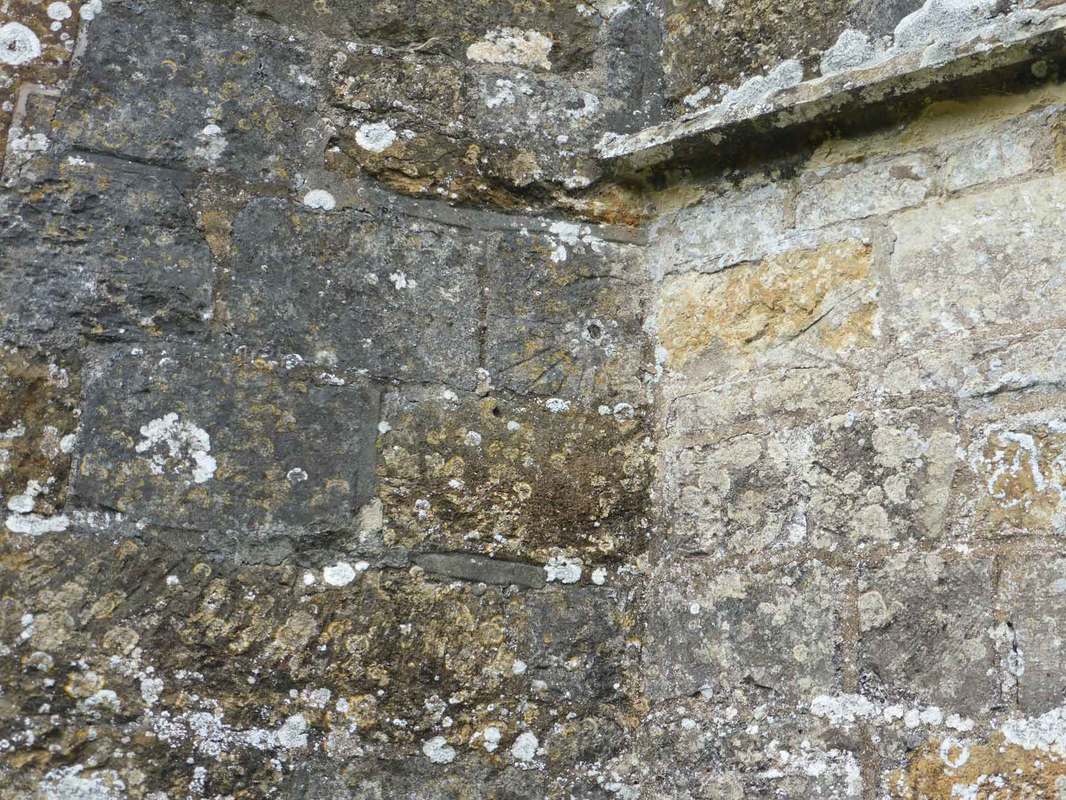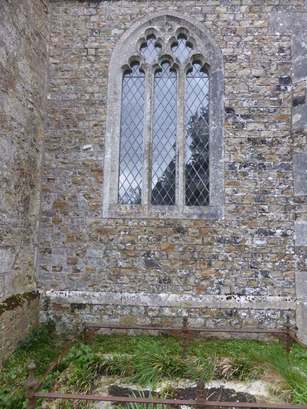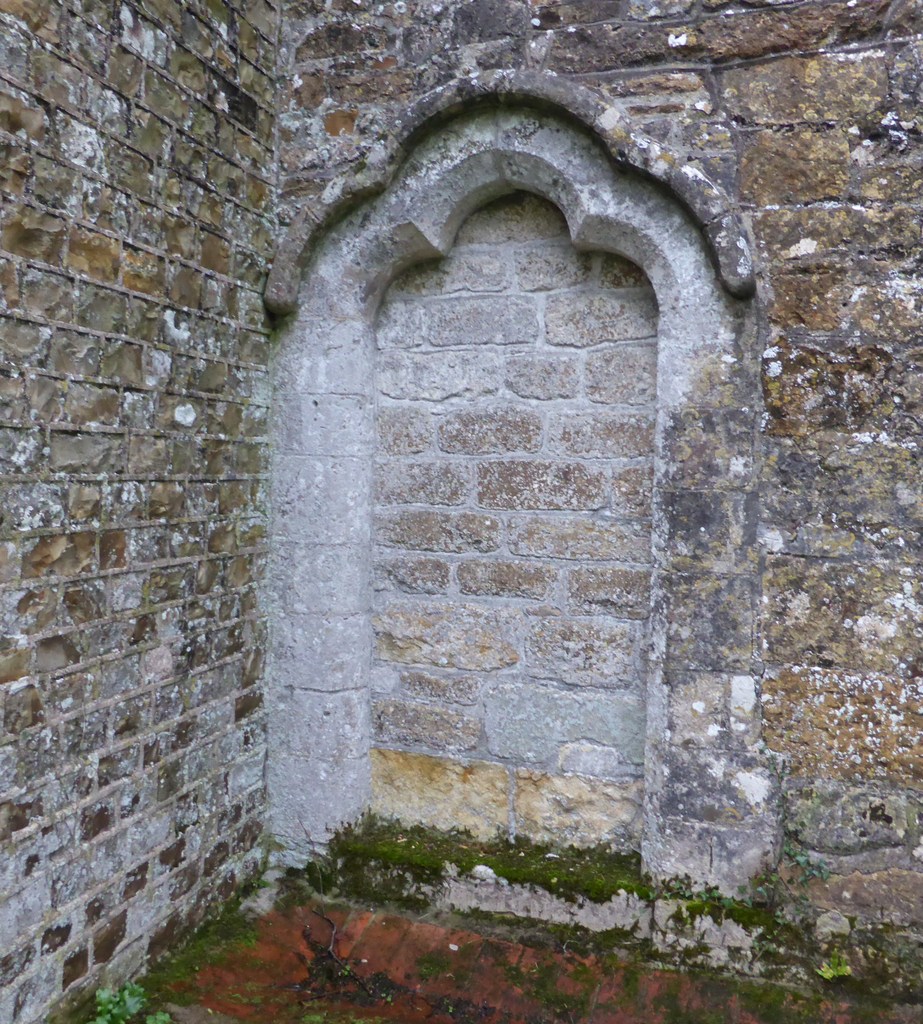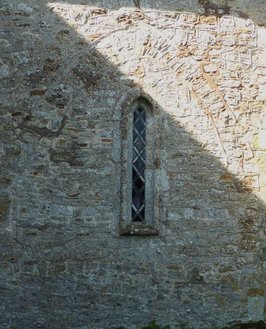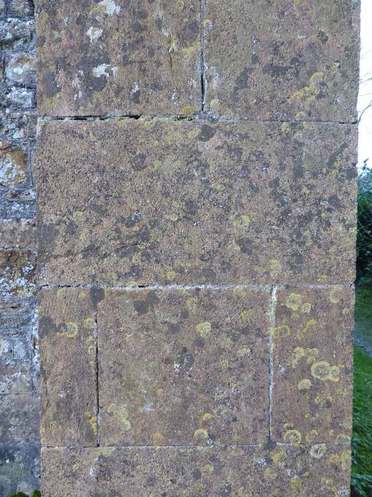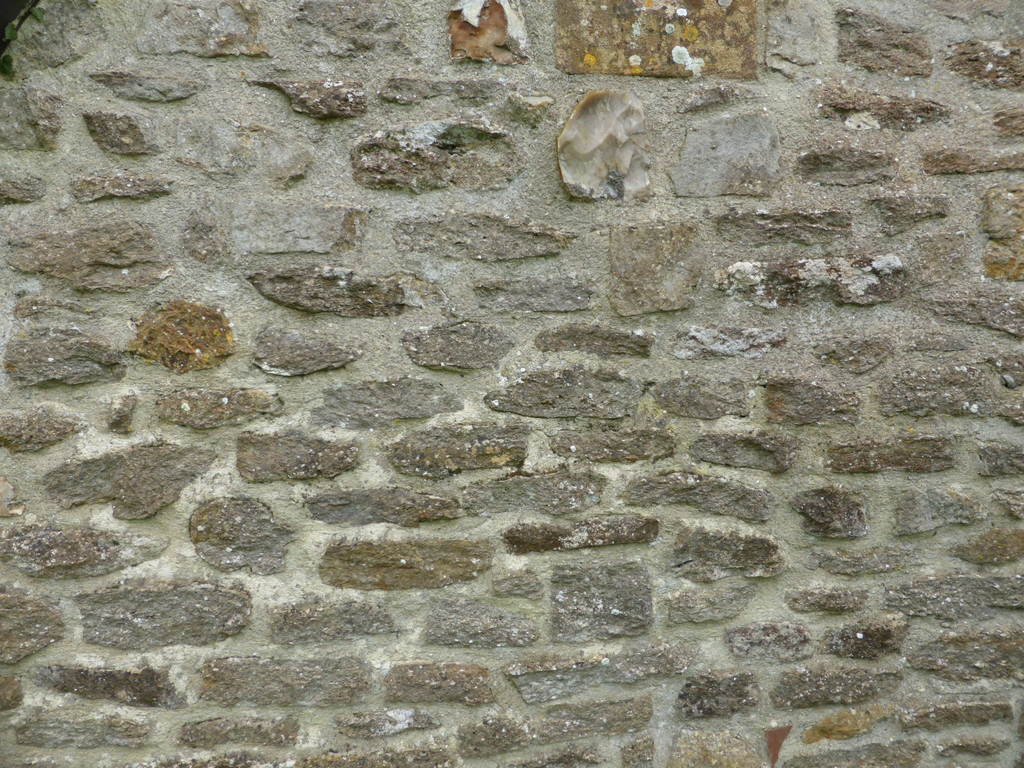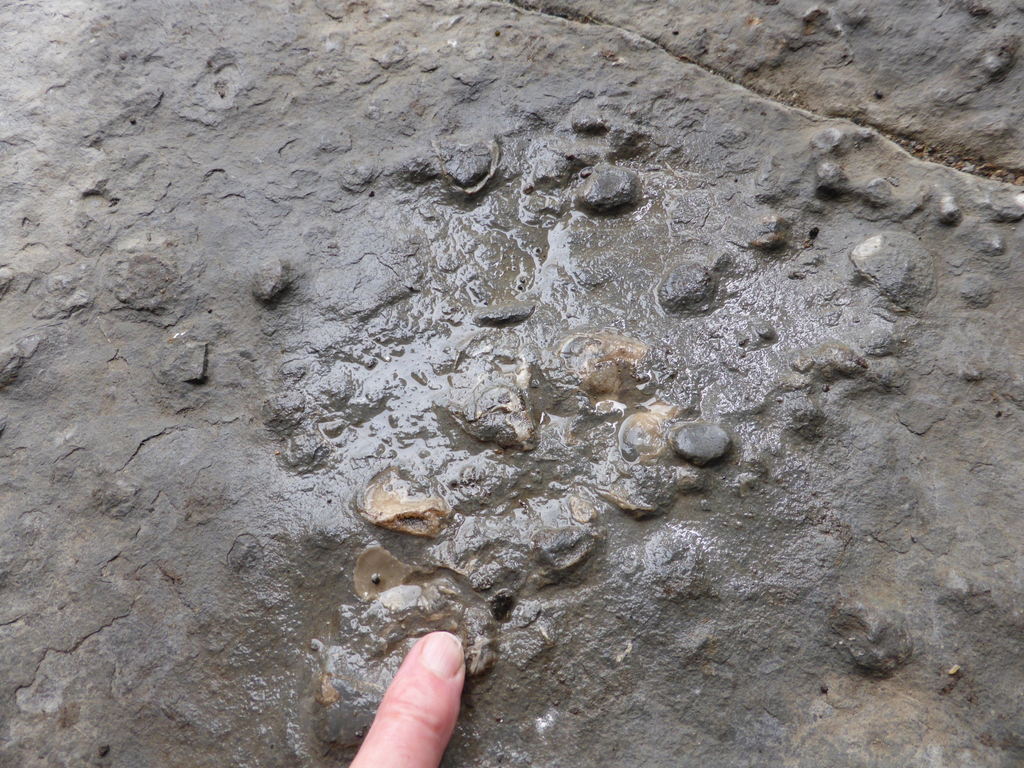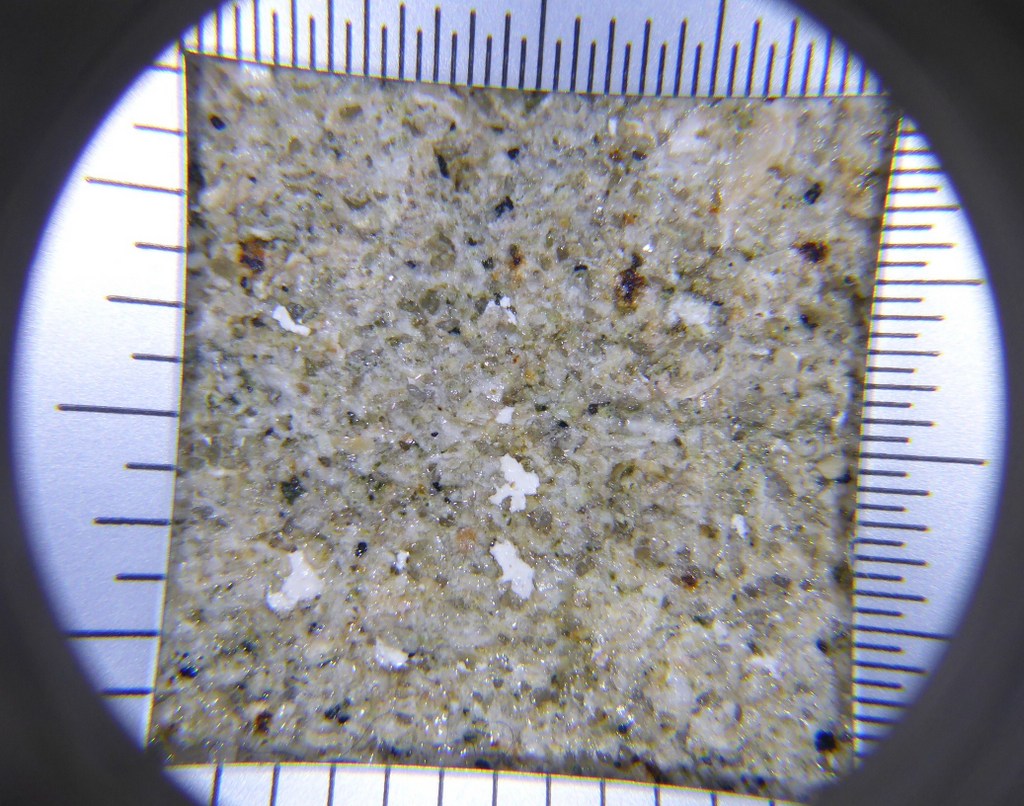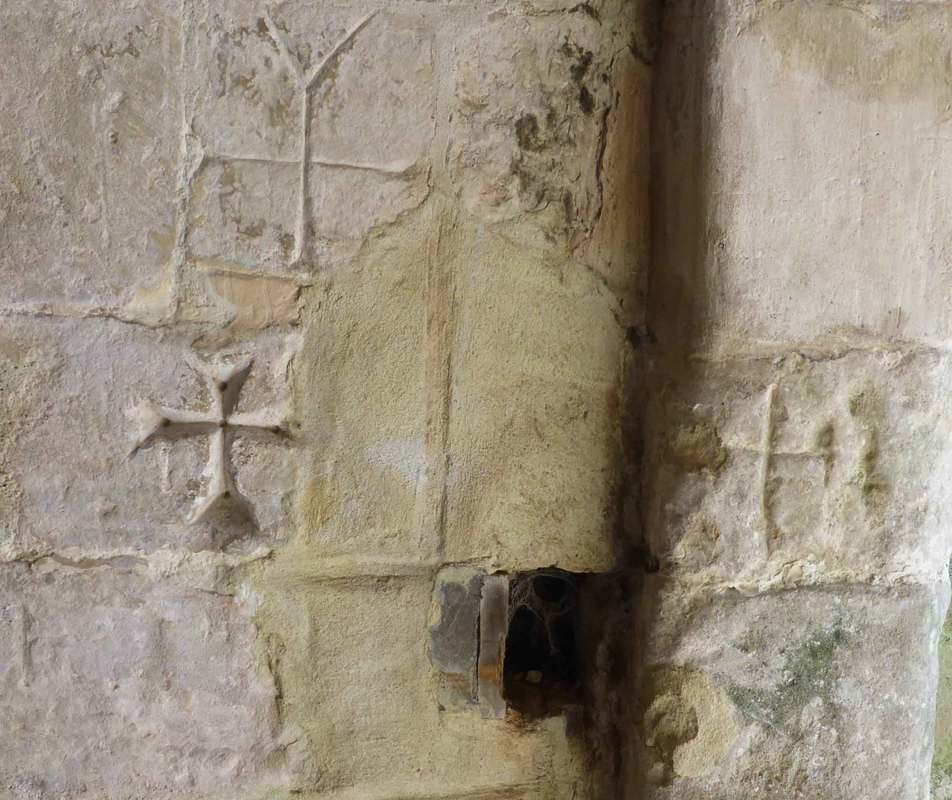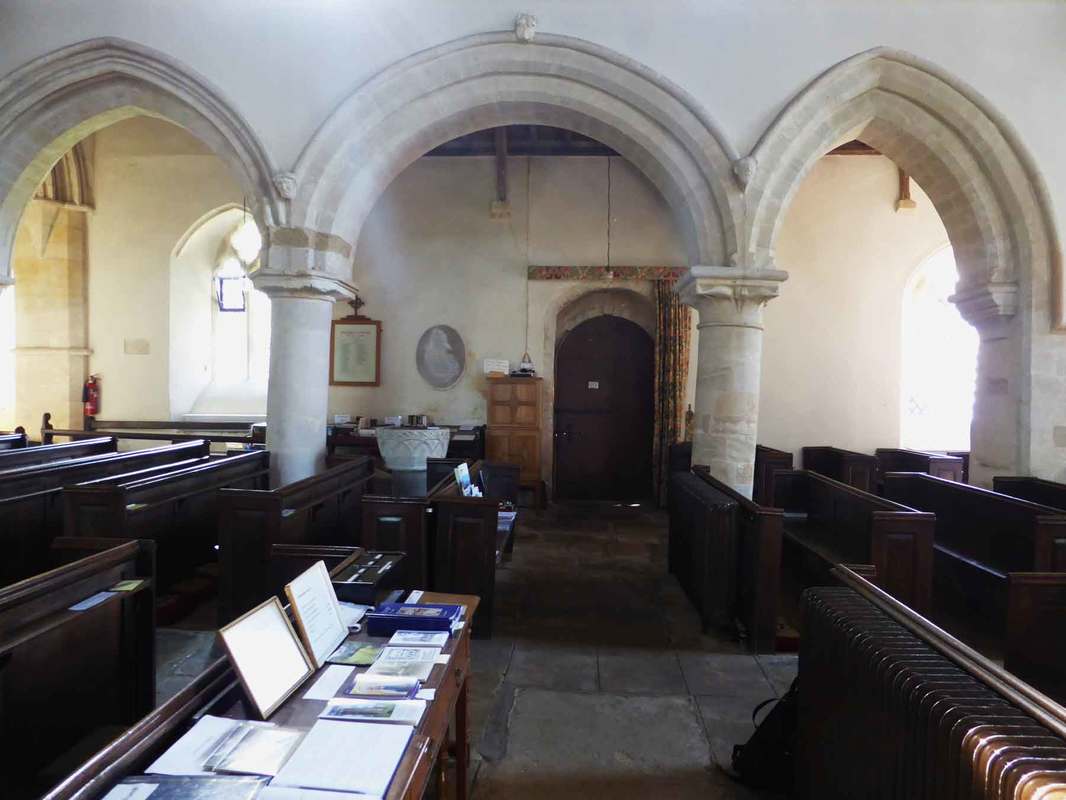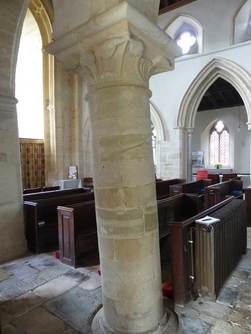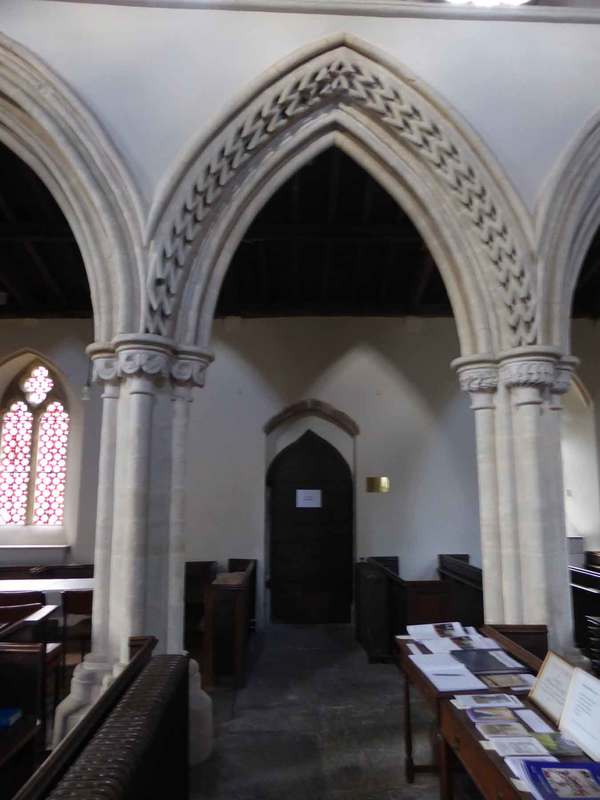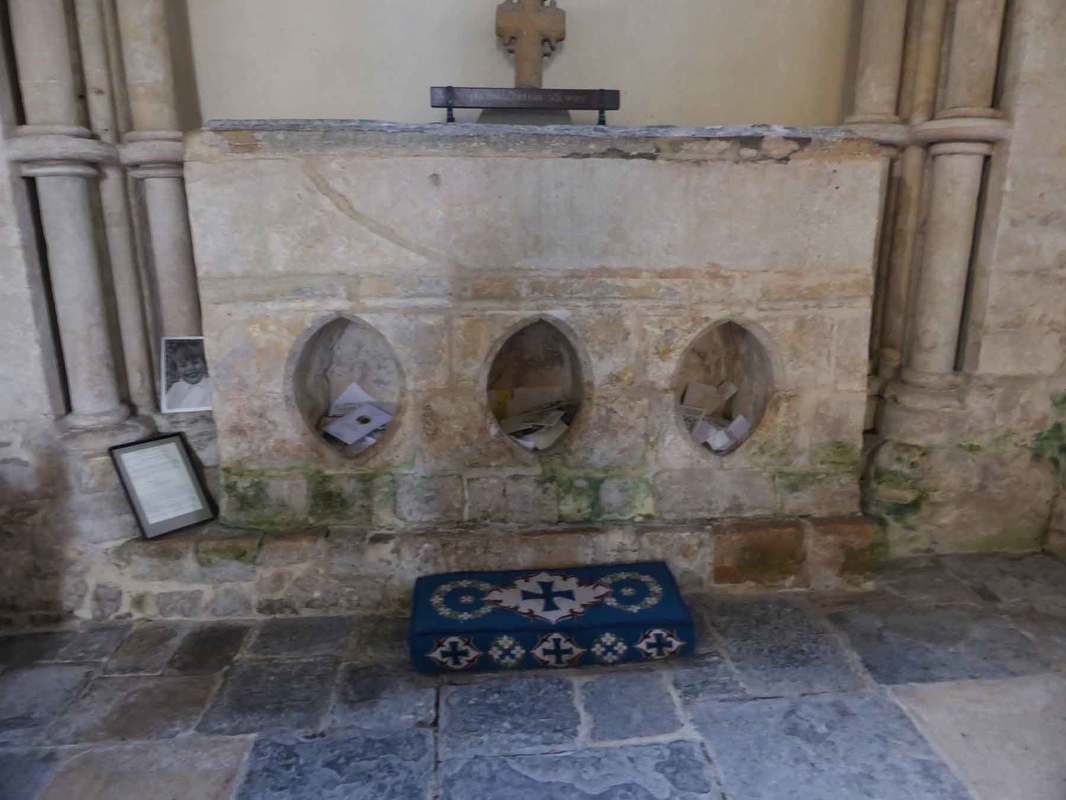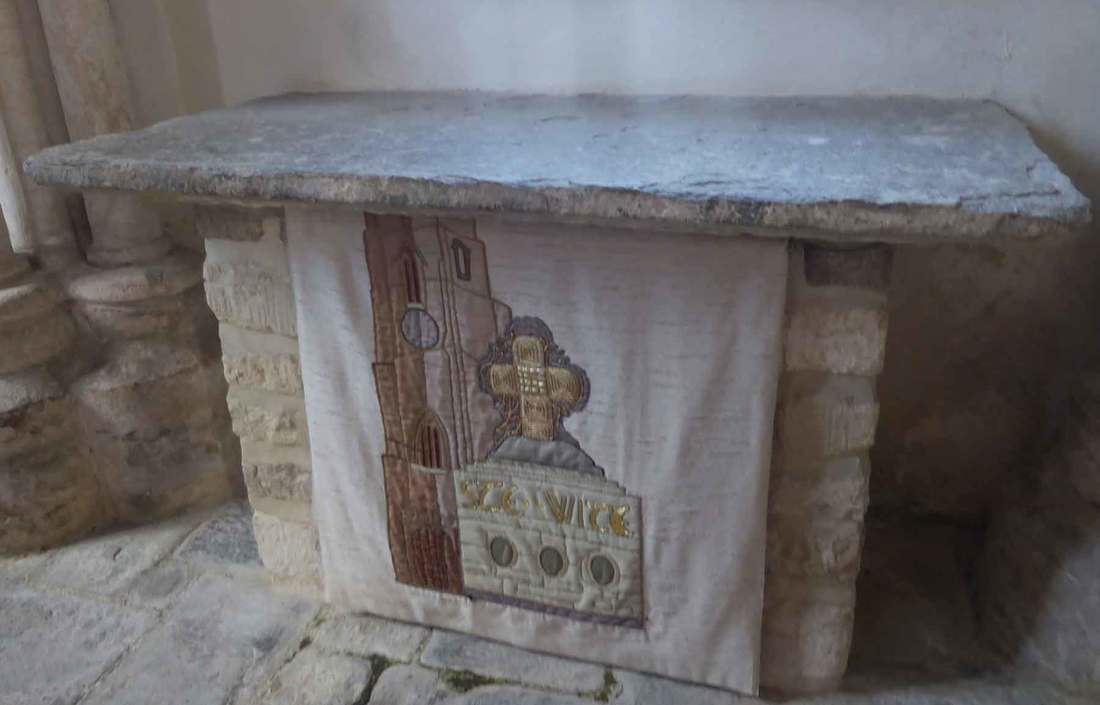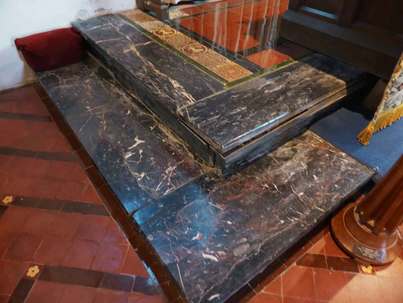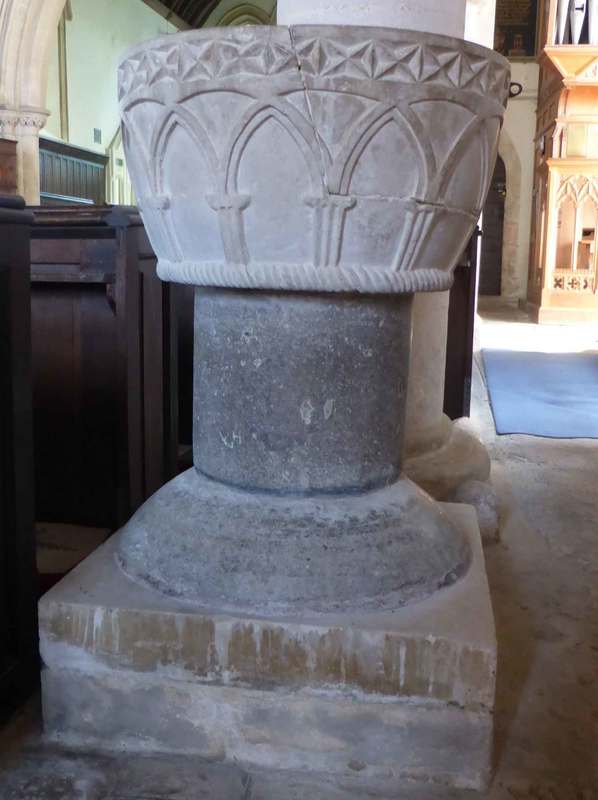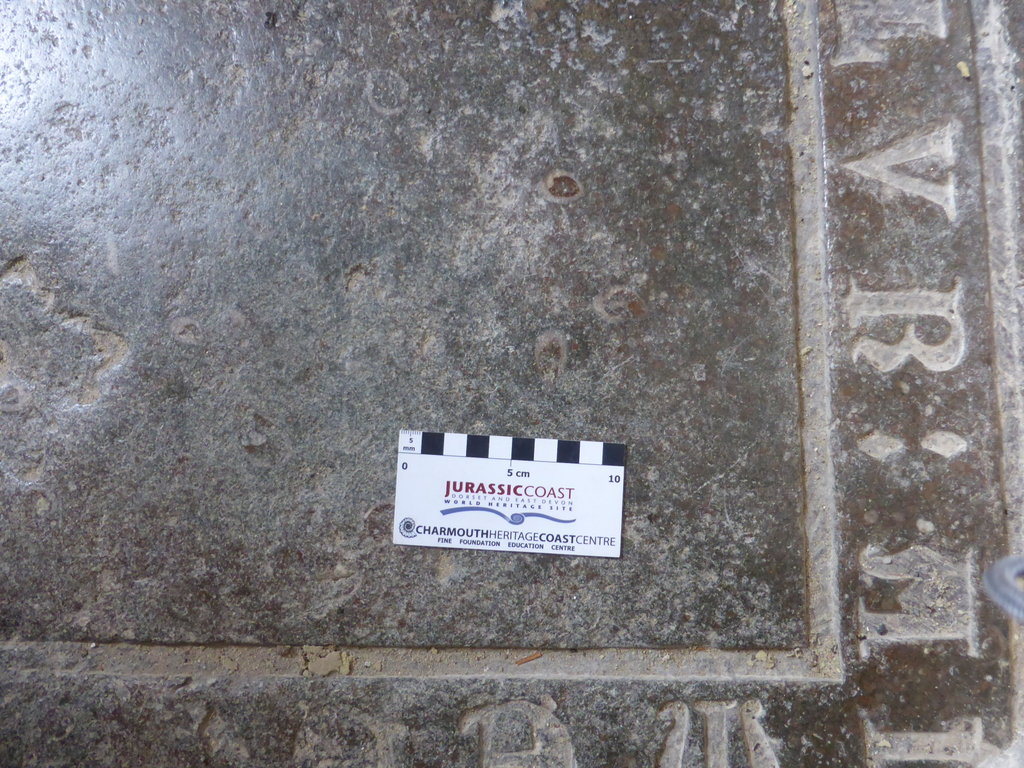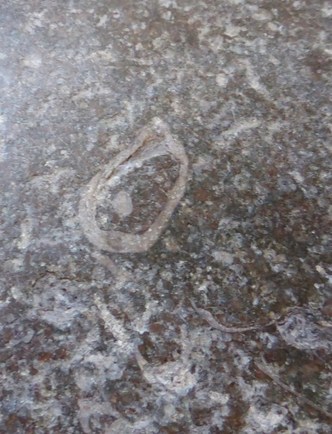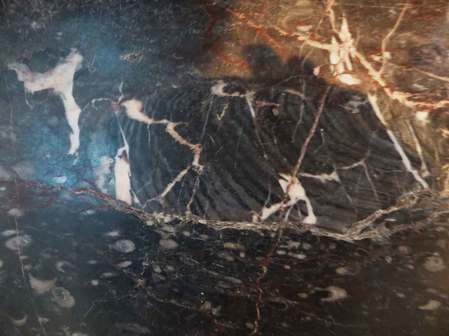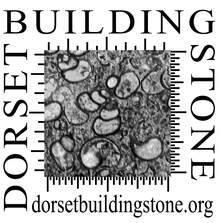Church of St Candida and Holy Cross, Whitchurch Canonicorum. Grade 1, Lead Author: PS
SY 39686 95440; Lat/Long, 50.755405 -2.8563997
|
Locality
The Church is situated in the village of Whitchurch Canonicorum on the edge of Marshwood Vale in West Dorset. St. Candida (also known as St. Whit), was a Saxon Christian who, according to legend, was murdered by the Danes in the 9th century and whose remains were later found in a lead-lined casket in the church. The church became a site of pilgrimage which continues to the present day. The 15th century tower is built of Inferior Oolite rough hewn rectangular blocks most likely quarried locally at Quarry Hill, Chideock. The rest of the church has been built or repaired with a variety of different stone. Even a few red Roman tiles can be seen in the walls.
|
Brief history
King Alfred set up a church on the site in the 9th century but nothing of this phase survives. The present church was founded about 1170 by monks from St Wandrille’s monastery in Normandy. The building suffered from subsidence and a later phase of building (c.1190) incorporated the surviving structures into the present church, namely the south aisle, the south arcade and the font. The south west wall between the tower and south porch comprises courses of well weathered Ham Hill stone and knapped chert from the Upper Greensand at Hardown Hill nearby. The windows are 19th century replacements and are Caen stone from Normandy.
|
The 15th century porch is constructed with a variety of stone types. The west wall is mainly knapped Chert and weathered Ham Hill Stone. The doorway and massive gargoyles are Ham Hill Stone, but the diagonal buttresses, front and east walls are probably built with what was to hand at the time. Blocks of Inferior Oolite, Blue Lias and Ham Hill Stone can be seen, but also some fine grained greyish white blocks containing a few large bivalves which have been tentatively identified as Purbeck Portland (WGT).
|
The east and north walls of the chancel and the north transept and nave are mainly Ham Hill stone and chert with the odd block of Blue Lias. There are also a few fragments bright Roman red tile are visible scattered in the stonework. One of these can be seen on the left hand side of the window in the north transept east wall.
|
A late 20th century utilities extension has been built on to the north wall of the nave and is Forest Marble, a shell brash Lower Jurassic limestone which was quarried locally at Bothenhampton until the beginning of the 20th century. Therefore, the source of stone for this extension is unlikely to be local and more likely to be from the north of the county.
|
The Interior
Most of the interior is built with Bindon Sandstone (id.GT). The description of the stone is taken from the English Heritage Strategic Stone Study, Devon Heritage Stone Atlas (2012) available on line.
“Bindon Sandstone MemberThis is rather porous, light grey, medium-grained, calcareous sandstone of late Albian age. It consists of poorly sorted grains of translucent quartz and chalky calcite sparsely cemented by powdery calcite. The proportions of quartz and calcite grains vary, and varieties in which one greatly predominates over the other are common. Green glauconite and black iron oxides derived from it are common components of this stone. Bedding is evident in many blocks, usually poorly defined by variations in grain size, clast composition, degree of cementation and colour”.
The source of the stone for the church has not been established but it is known that small pits existed in the area of Uplyme. A more promising scenario is that the stone was transported by sea on barges from quarries further west near Branscombe and Sidmouth to Lyme, then overland. It is known that similar stone for building Exeter Cathedral was being shipped in this way at the time in the 12th century.
The source of the stone for the church has not been established but it is known that small pits existed in the area of Uplyme. A more promising scenario is that the stone was transported by sea on barges from quarries further west near Branscombe and Sidmouth to Lyme, then overland. It is known that similar stone for building Exeter Cathedral was being shipped in this way at the time in the 12th century.
The pillars of the rounded south aisle arches are from the earliest phase of Norman building (c.1170). Note evidence of subsidence where the first left hand pillar as you enter has sunk and leans to the south west.
|
The small altar against the north transept east wall also has a Purbeck Marble altar slab. The slab is made up of small Viviparus gastropods and also has a number of fossil Unio bivalves embedded in it.
|
|
The altar steps are Devon Ashburton Marble. Unlike true marble, Devon marbles are partially metamorphosed limestones which can be highly polished but the fossils they contain are often still recognisable. In this slab stromatophoroids and a coral can be seen.
All text and photos by PS, April 2017
All text and photos by PS, April 2017

